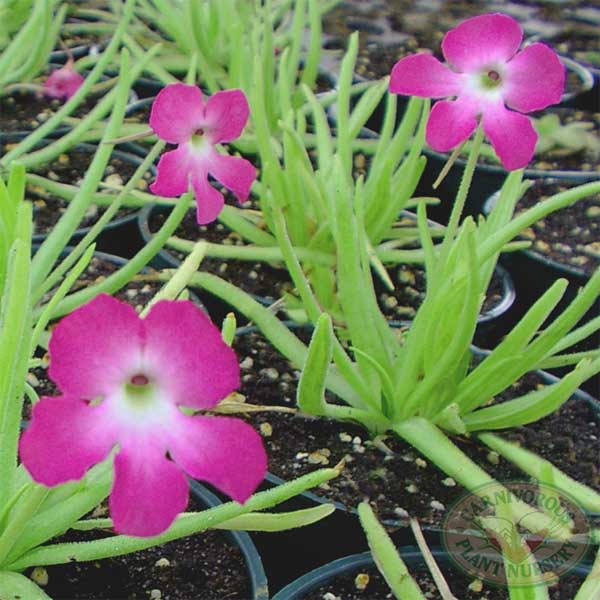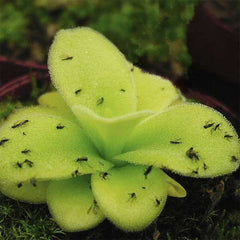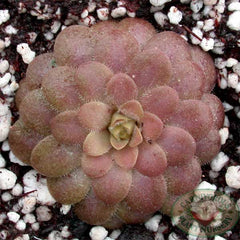
Growing Tips for Tropical Butterworts



Tropical Butterworts
Soil: 2:1:1 peat:sand:perlite, with 1 tablespoon of pelletized limestone per each 6" pot.
Container: 4" plastic pot.
Watering: Evenly moist, drier in the Winter.
Light: Partial Sun, seasonal changes needed.
Temperature: Tropical zones 10-13.
Humidity: Seasonal, humid summers, dry winters.
Location: Windowsill, terrarium, greenhouse, plant cart.
Dormancy: No.
Habitat
Tropical Butterworts typically grow in seasonal humid fog forests in highland areas of Central America and the Caribbean, on cliffs of limestone. They experience warm, summer monsoons and cooler winter droughts. Summer temperature of 75-100°F cool to 45-75°F in Winter with rare frosts. They are more commonly found on the north facing cliffs and outcrops. Their native soils are slightly alkaline from the limestone bedrock. They benefit from the dappled light provided by accompanying grasses and vegetation. They have large carnivorous leaves in the warm, wet Summer, and form a dense cluster of smaller succulent leaves in the cool, dry Winter. They can be common Carnivorous Plants in highland rocky outcrops.
Culture
Tropical Pings are not bog plants, and do not grow well in bog conditions. Tropical Butterworts thrive in a looser, more open soil mix of peat, sand, and perlite. Because they naturally grow in alkaline soils, I perfer to use limestone sand (aquarium "argonite" sand) or add 1 Tablespoon of pelletize limestone per each 6" pot. I sometimes substitute the perlite with pumice. Some growers prefer a 100% mineral/inorganic media such as pumice. The important thing is to allow the roots to breathe and the soil to stay moist, but allow to drain. They do benefit from the water in the tray going dry between waterings, rather than standing constantly in water. Use mineral-free water and keep the soil consistently moist in the Summer and coolier and drier in the Winter. The tray method can work very well. Stand the pots in a tray or saucer and keep less than 1" (2.5 cm) of water in it all the time, during Summer. In Winter let the soil go dry. Seasonal changes in light, not moisture, trigger the switch between carnivorous and succulent leaves. Vary the lighting seasonally, and keep the waterlevel based on the leaf type. Butterworts prefer partial sun and develop their best colors in bright light. Most Tropical Butterworts do quite well at room temperature.
Propagation
Tropical Butterworts can be propagated easily from leaf pulls, especially from the succulent winter leaves. Seeds can be slow and need steady conditons. Tissue culture works well for clones.
Dormancy
The succulent leaves allow the Tropical Butterworts to survive the cooler, drier, shorter days of Winter, in a sort of "rest", rather than a hibernation. They require cooler temperatures, shorter days, and drier, less moist conditions in Winter. Some, like P. medusina, can survive bone dry Winters.
Feeding
Butterworts are excellent at trapping small prey all on their own. Let them catch their own food. They only need to feed a few times a month, and do not require daily feeding. Plants grown indoors or in a terrarium will benefit from supplemental feedings using wingless fruit flies or other very small insects.
Other Considerations
Many butterworts will readily propagate from leaf cuttings. Tear the leaf away from the stem with a small section of the stem still intact. Place the leaf on milled sphagnum that is kept moist and cover with a clear lid to keep the humidity high. Propagation is best done in the Spring. Seeds are rare in cultivation because of complex flower parts, and lack of pollinators.
